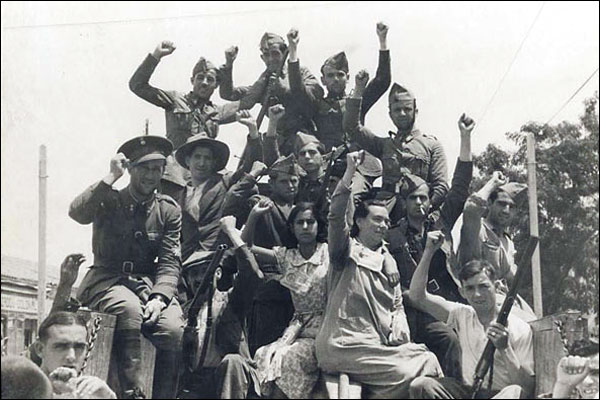ADVERTS
Understanding the beginning of the Spanish Civil War
To understand the conflict, it is necessary to quickly contextualize the situation in Spain at the time. With the stock market crash of 29, the entire world went through serious economic problems. The crisis also devastated Spain, which was experiencing strong labor tensions. There were many strike demonstrations, with direct attacks by the rebels on the monarchy.
In 1931 the monarchy was removed from power and the Republic of Spain was proclaimed. However, the new State of Republic did little to resolve the national economic crisis. Numerous popular demonstrations against the government continued, this time reaching all regions of the country.
ADVERTS
The rebels in Catalonia, with separatist idealism, suffered strong repression. Spain sees several crimes being committed against the rebels, with touches of cruelty and extreme violence. There was the fall of parliament and the call for new elections in 1936.

The influence of the left and right
Left-wing parties promote Azaña y Dias as presidential candidate, for the coalition called Popular Front. Azaña wins the elections.
The right is organized in the Falange to fight the Popular Front. In July 1936, Calvo Sotelo, a monarchist, was murdered by police officers. The crime serves as the trigger for an armed uprising against the current government.
ADVERTS
General Francisco Franco, leader of the Popular Front, enters with his army in Seville and Cádiz, and in the cities surrounding the Spanish capital. Franco had the support of Mussolini and Hitler. The Soviet Union invests in weapons for the communist army.
The city of Guernica was bombed by German planes. The international community condemns the proportions that the conflict has taken in Spain and the military intervention of allies. Franco advances and manages to transfer the capital to Barcelona. When Barcelona was dominated by Franco's followers, the republicans fled to France.
Azuña resigned from the presidency in 1939 and Franco took over as dictator until 1975. It is estimated that 500,000 people died in the Spanish Civil War.
The participation of Mussolini and Hitler in the conflict left a Nazi air in the combat, as chemical weapons and German torture tactics were used.
